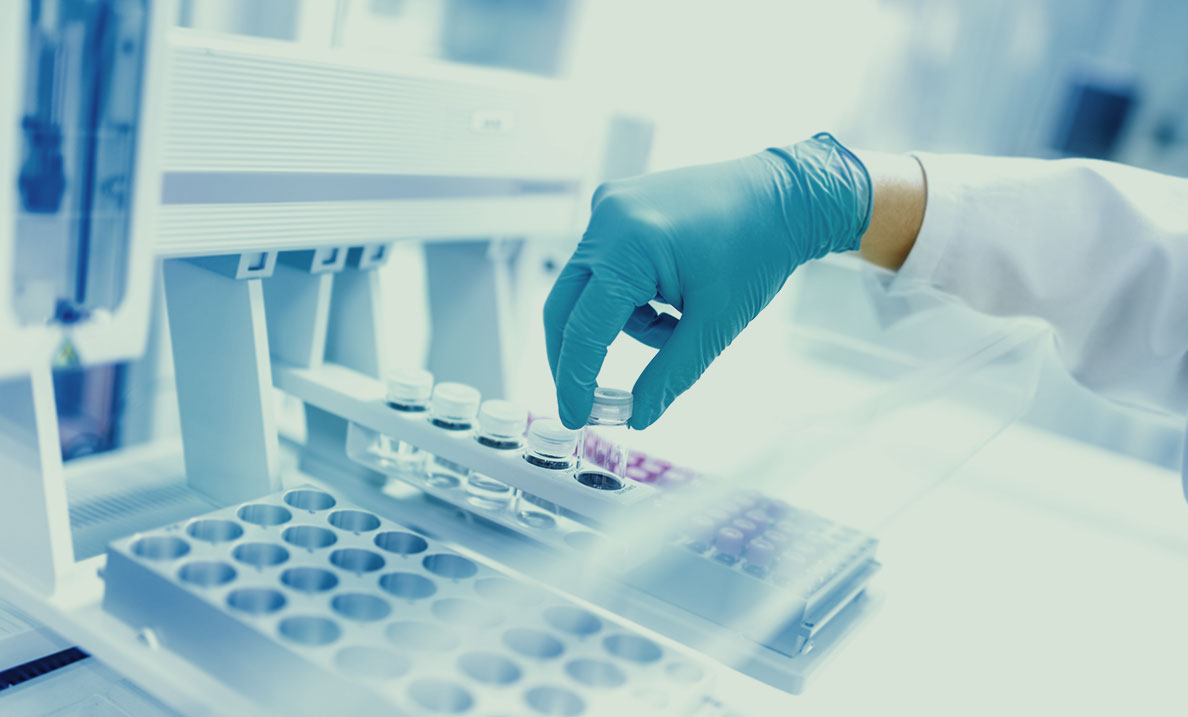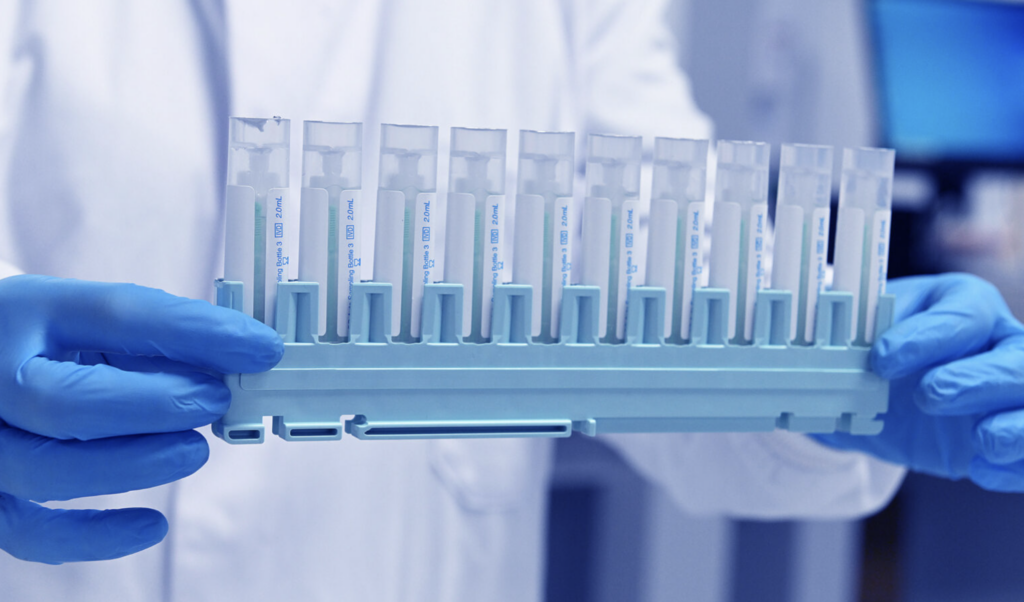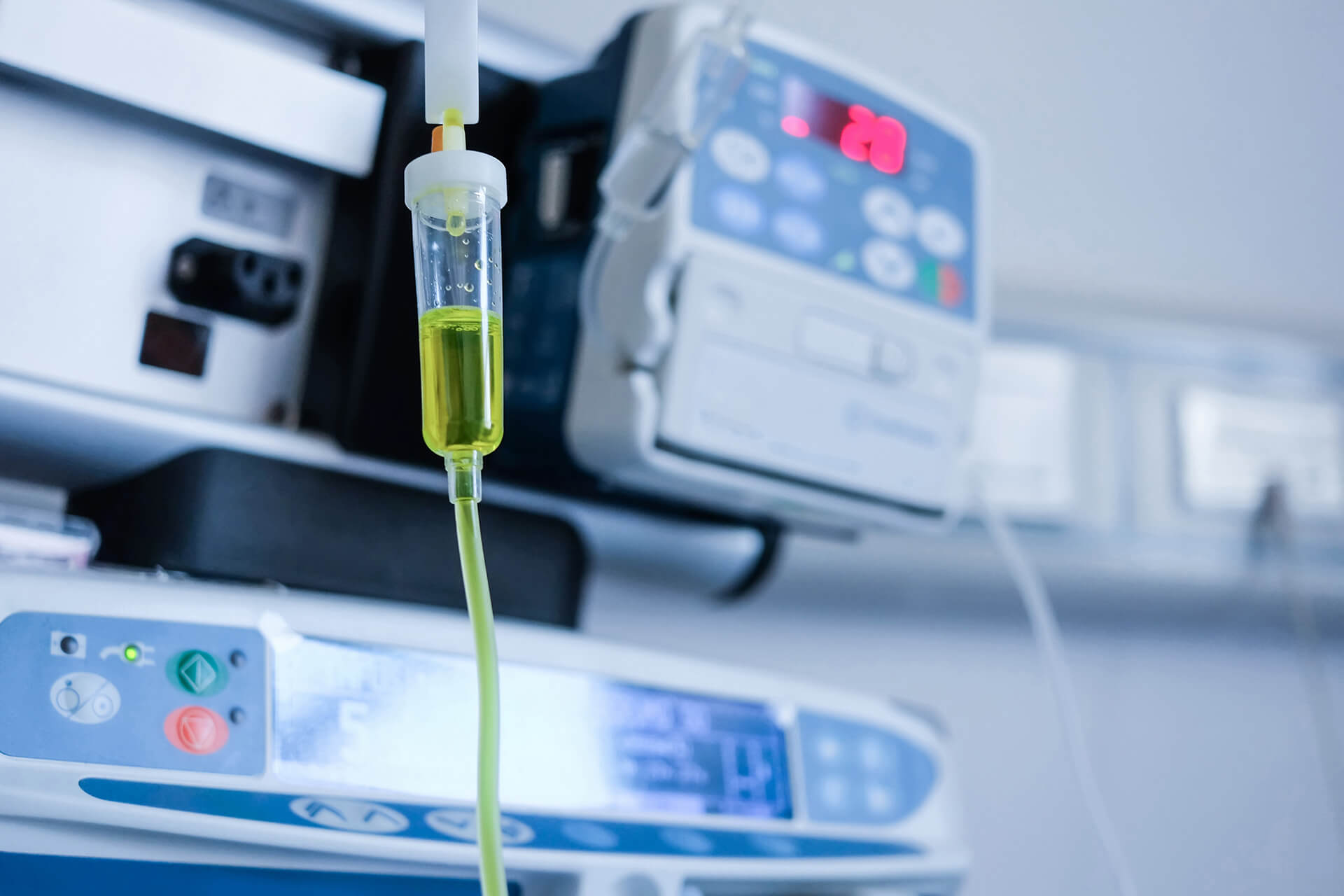
Biological indicators or bioindicators are living organisms (microbes, animals and plants) that are used as a potential tool to monitor the changes (either positive or negative) in environmental health and their possible impact on human civilization (Azzazy, 2020).

A biological indicator provides information on whether necessary conditions were met to kill a specified number of microorganisms for a given sterilization process, providing a level of confidence in the process. Endospores, or bacterial spores, are the microorganisms primarily used in BIs
What are the biological indicators test?
Biological indicators are generally strips, discs, (either metal or paper), or threads impregnated with a known microorganism at a measured resistance and population that represents the reference organism for the sterilization technology used.
What are the examples of biological indicators?
Lichens and bryophytes serve as effective bioindicators of air quality because they have no roots, no cuticle, and acquire all their nutrients from direct exposure to the atmosphere. Their high surface area to volume ratio further encourages the interception and accumulation of contaminants from the air.
What is a biologic indicator?
Biological indicators or bioindicators are living organisms (microbes, animals and plants) that are used as a potential tool to monitor the changes (either positive or negative) in environmental health and their possible impact on human civilization (Azzazy, 2020).
What bacteria is in a biological indicator?
Bacterial endospores of the genera Bacillus and Geobacillus are frequently used as biological indicators (BIs) of sterility.

What is the principle of biological indicators?
A biological indicator (BI) is the only way to directly measure the lethality of a sterilization cycle. BIs contain bacterial spores that are even harder to kill than any potential remaining microorganisms that may have survived the surgical equipment decontamination process.
Bioindicators of Environmental Contamination
Contaminants have been examined in eggs, feathers, and a wide range of internal tissues. Feathers and eggs have proven particularly useful as bioindicators of contaminants, because they can be collected with little effect on population dynamics.
What bacteria is in a biological indicator?
Bacterial endospores of the genera Bacillus and Geobacillus are frequently used as biological indicators (BIs) of sterility.
Which of the following is used as biological indicator?
Lichens are widely used as environmental indicators or bio-indicators.

What is the difference between indicator and biological indicator?
A biological indicator is used to ensure the chamber of your autoclave is getting completely saturated in the sterilization process. And the Chemical Indicators are used to be certain the steam is covering the entire load, and that the instruments are receiving the necessary amount of steam for proper sterilization.
How do you test biological indicators?
The BI is exposed to the sterilization process and then incubated under defined growth conditions to determine whether any spores survived the process. If no spores survive, none grow and the test is a pass. If growth is detected, the test is a fail
What is the signal for a positive biological indicator test?
biological indicator systems work
To determine whether the BI was positive or negative, the user needed to look for a “signal” from the spores that they were alive (positive BI) or dead (negative BI). The original signal used to determine a positive or negative result was the development of cloudiness in the test tube.






